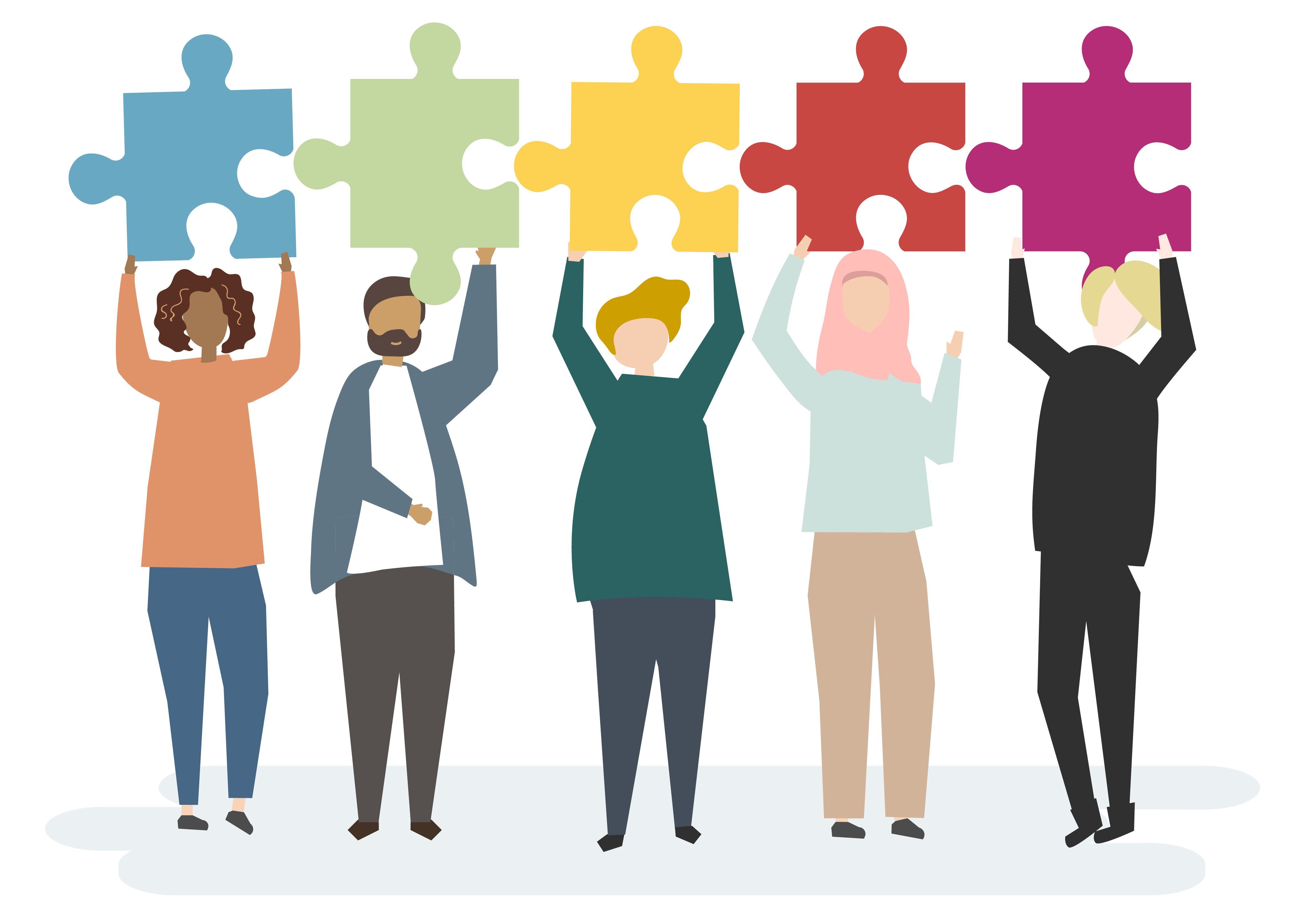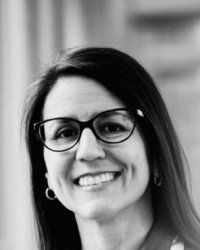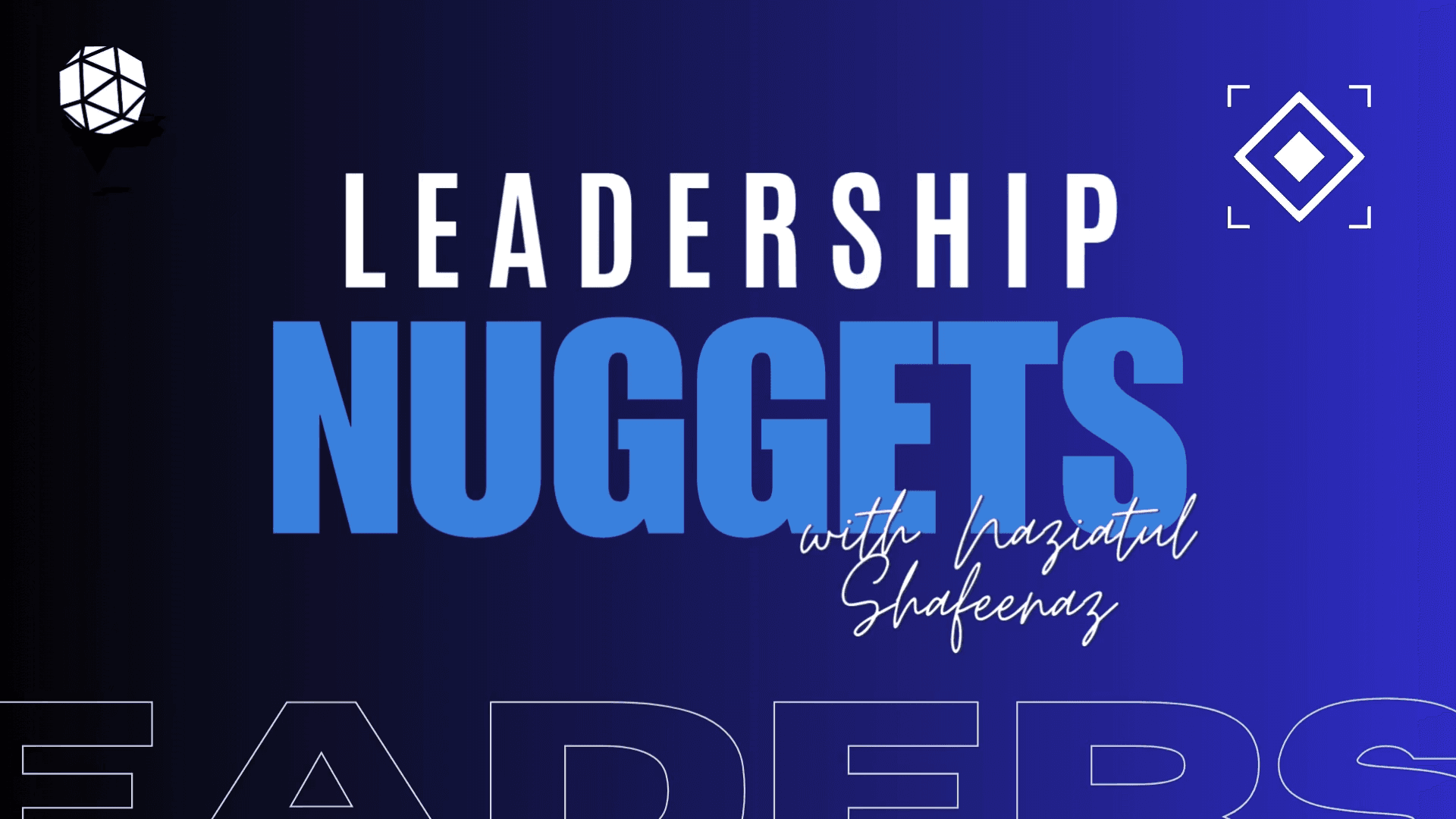Why Allyship Is Key to Gender Balance

Vector image is from freepik.com by @rawpixel.com
On every continent, gender balance remains an unmet goal. Despite progress during the last 50 years, women and men continue to experience unequal opportunities, particularly in employment, politics, leadership and economic empowerment. Women are disempowered relative to men in all 162 countries measured by the United Nations Gender Inequality Index. This year, the predicted time to close the global gender gap increased from 99.5 years to 135.6 years, according to the Global Gender Gap Report 2021 from the World Economic Forum.
Aside from the moral imperative to strive for gender balance, there are also the broader implications for business to consider. The leaky pipeline of female talent in conjunction with the war for talent mean that organisations must recruit, retain and leverage both men and women to perform at their best. Further, teams with gender balance tend to outperform all-male or all-female teams on challenging tasks, as gender balance enables diverse views and increases collective intelligence. Given the current needs for innovation and agility during the post-pandemic recovery, gender inclusion simply makes sense.
INSEAD has both a vision and a responsibility for achieving gender balance. To drive meaningful change, we must set an ambitious agenda and rally men and women to achieve it – within and beyond our community.
Making a public commitment to gender balance
To that end, INSEAD recently joined the United Nations HeForSheAlliance as a HeForShe Champion. The Alliance is comprised of leaders from business, non-profits and academia who are committed to achieving gender balance in their companies, communities and countries.
There is a practical reason for making allyship central to this initiative. Men remain disproportionately in power across both business and government, accounting for around 90 percent of all heads of state and Fortune 500 CEOs. For gender balance to become a reality, we need these leaders to contribute to making it happen.
As pledged to the HeForShe Alliance, INSEAD will pursue five goals that build on the work of the INSEAD Gender Initiative. Our senior-level male allies, including the chairman and deans, will work with our women leaders to:
- Achieve a gender-balanced board by 2023. We will achieve equal representation of men and women on our board while also representing at least 12 nationalities and four continents.
- Reach at least 40 percent female participation in the MBA programme by 2025. We will continue to work towards parity while representing a minimum of 65 nationalities in each cohort. However, reaching parity may take time, as we recruit from some countries with substantial gender gaps in education and employment.
- Target 50 percent female students in the MIM programme. In addition to achieving parity, we are committed to creating cohorts that represent a minimum of 35 nationalities.
- Hire 50 percent women faculty during the next three years. We began making progress towards this goal before the pandemic; of the 12 faculty members in the last hired cohort, half were women.
- Expand research on gender issues. We will continue our leading-edge work with global industry and academic partners to identify and test effective interventions, and share these with our students, executive participants, alumni and business partners.
The role of allyship
To enable the power of allyship, we must understand the role of male allies. Allies are not heroes rescuing women. Instead, they engage in an iterative process of investigating potential systemic biases, learning from those findings and advocating for change. They think like detectives and act like scientists – observing, challenging assumptions, asking questions, examining data and testing hypotheses. For example, if a male ally hears someone say that a woman is unfit for a role, they challenge the root of that assumption.
After learning and understanding these dynamics, allies take action to advocate for fairer systems. These interventions may be small and opportunistic; for example, an ally might point out when a female colleague is interrupted in a meeting and invite her to finish sharing her idea.
Other interventions may be more systematic. For instance, 10 years ago, we created an initiative at INSEAD to develop all our faculty as educators. This initiative benefits men and women – as professors and students – and has dramatically improved the quality of experience for women teaching. A recent analysis showed that student nominations for entry-level female professors for teaching awards increased 700 percent since this programme was fully instituted.
Sponsorship is also essential for correcting the imbalance of power between men and women. Not to be confused with mentorship, sponsorship involves actively advocating for a woman that is capable and deserving of a promotion. It also involves highlighting a woman’s talents and strengths to the decision maker(s) involved in the promotion decision. These interventions enable more women to overcome systemic barriers to professional advancement.
Discover : The Pandemic Has Dealt A Blow To Gender Balance
Finally, changing norms is key to reaching parity. In 1959, when INSEAD first opened its doors, women were not permitted to attend the MBA programme, as per the norm at the time. This norm has, of course, changed in the succeeding years. However, women remain a minority in our student population and still face barriers to reaching top leadership levels for maximum impact in their careers. We must achieve a critical mass of women, across business schools and boardrooms, to change these norms and overcome the marginalisation that women continue to experience.
The overarching goal of this work is not to tear men down, or to give women advantages that create disadvantages for men. The ambition is to build a system that is fair and inclusive, and from which gender balance naturally emerges. Moving in this direction isn’t just good for women. It benefits everyone.
Leaderonomics.com is an advertisement free website. Your continuous support and trust in us allows us to curate, deliver and upkeep the maintenance of our website. When you support us, you allow millions to continue reading for free on our website. Will you give today? Click here to support us.

This article is republished courtesy of INSEAD Knowledge. Copyright INSEAD 2022.
Leadership
Ilian Mihov is Dean of INSEAD, Professor of Economics and The Rausing Chaired Professor of Economic and Business Transformation. He is also the Academic Director of the Hoffmann Global Institute for Business and Society.
Zoe is an Associate Professor and the current Area Chair of Organisational Behaviour at INSEAD. She is also the Academic Director of INSEAD’s Gender Initiative. Her research focuses on Diversity, Equity, and Inclusion (DEI), how it connects with identities, and interventions to enable leveraging everyone's talent. The intersection of gender and culture emerges in her work, which investigates both common themes across national cultures and cultural variance. Her teaching and impact work aim to enable global leaders to build gender balance, be anti-racist, and nurture inclusion and belonging. Zoe publishes in leading peer reviewed academic journals: Journal of Applied Psychology, Psychological Science, Organizational Behavior and Human Decision Processes, and more. Premier media outlets, including Bloomberg Businessweek, The Case Centre, Forbes, Harvard Business Publishing, Harvard Business Review, Huffington Post, INSEAD Knowledge, the New York Times, Programme Eve, and South China Morning Post, also feature her work.






